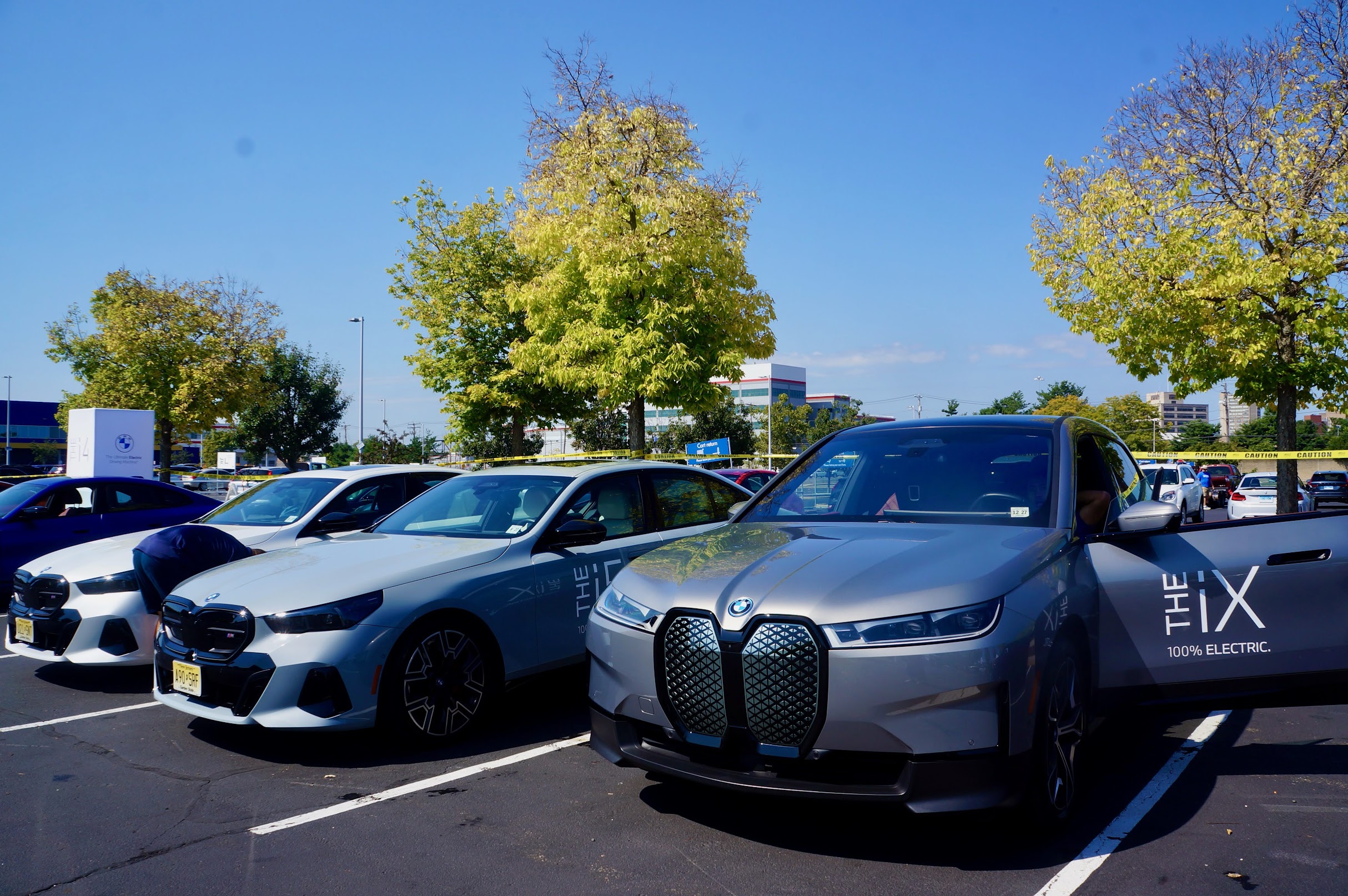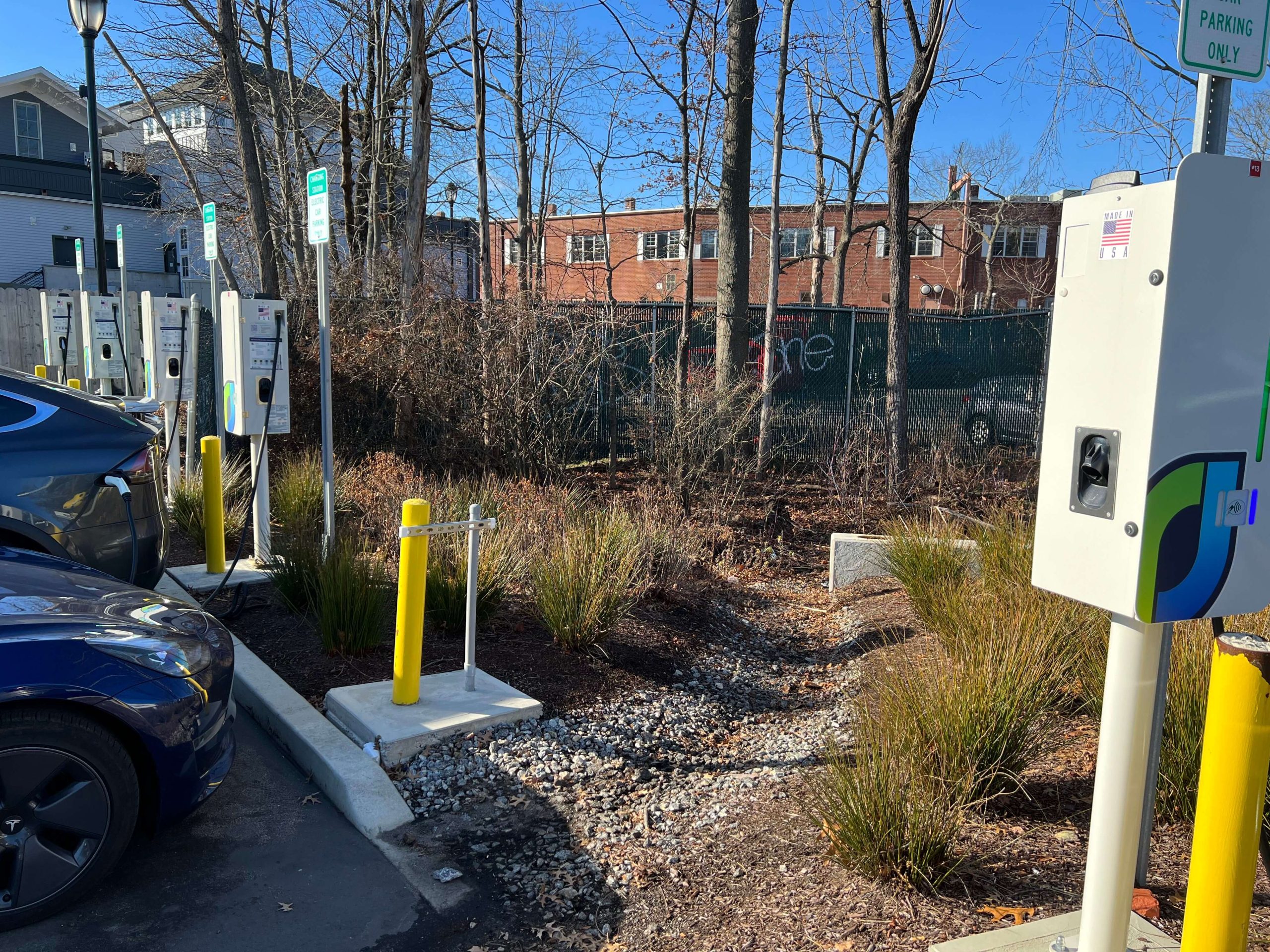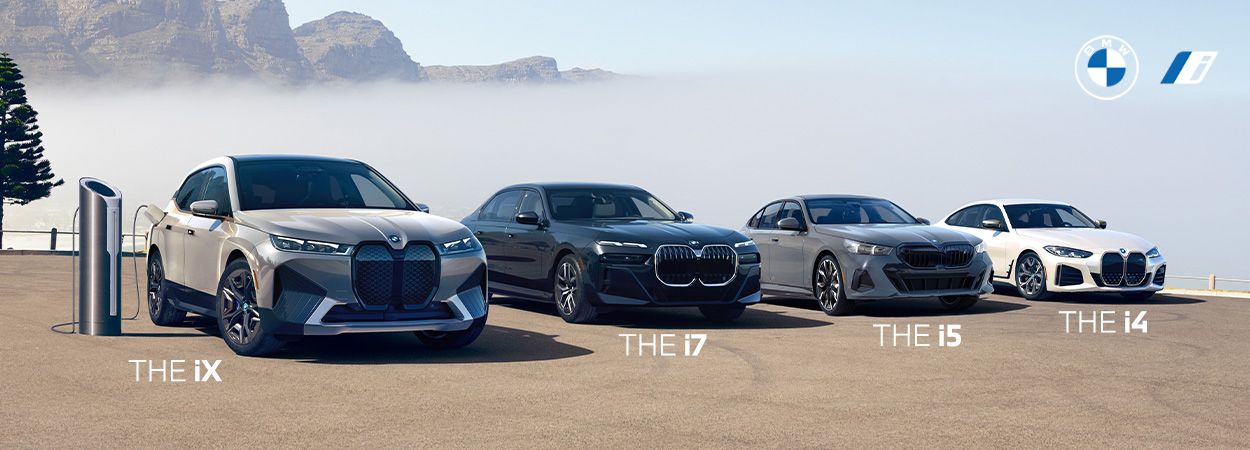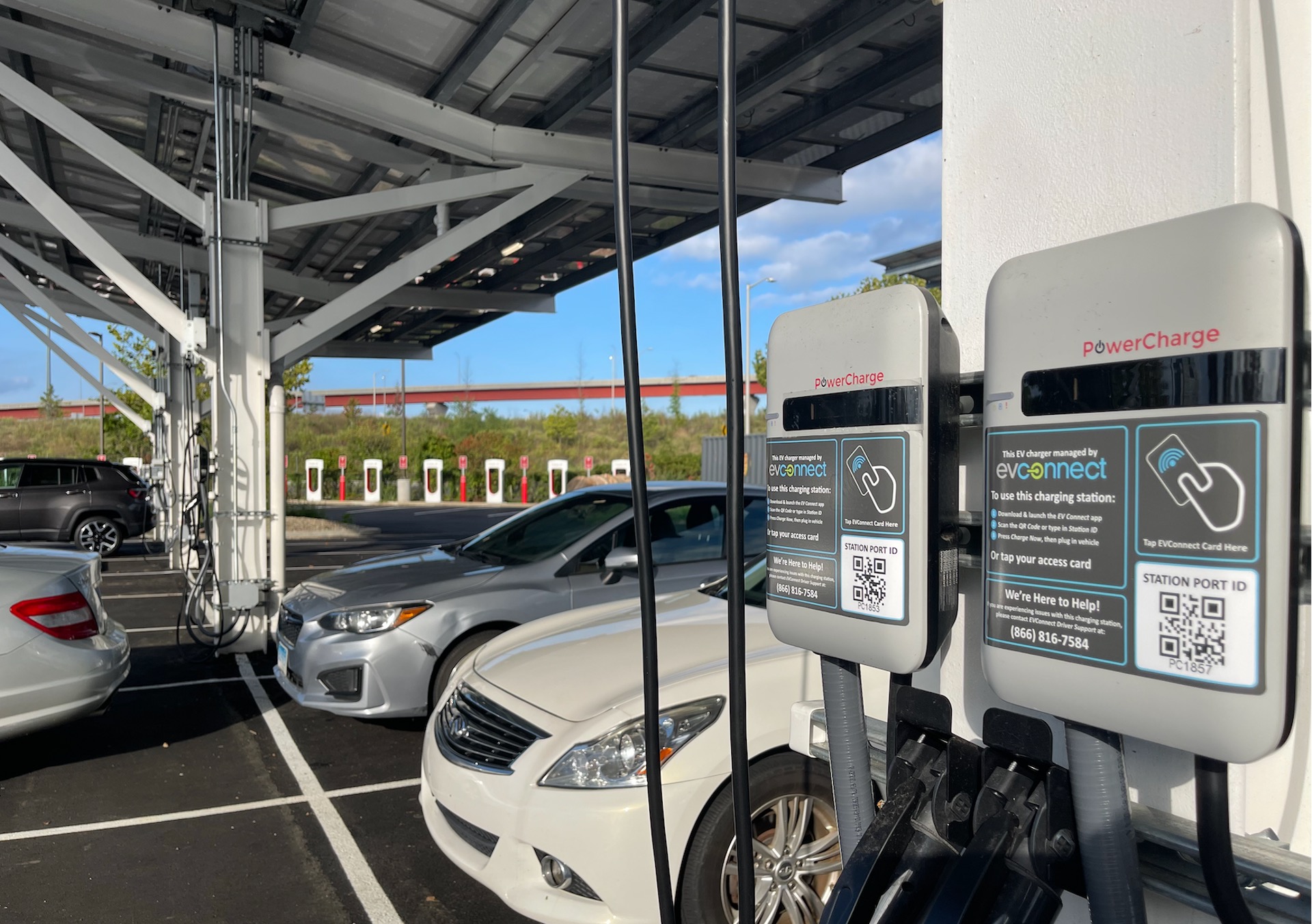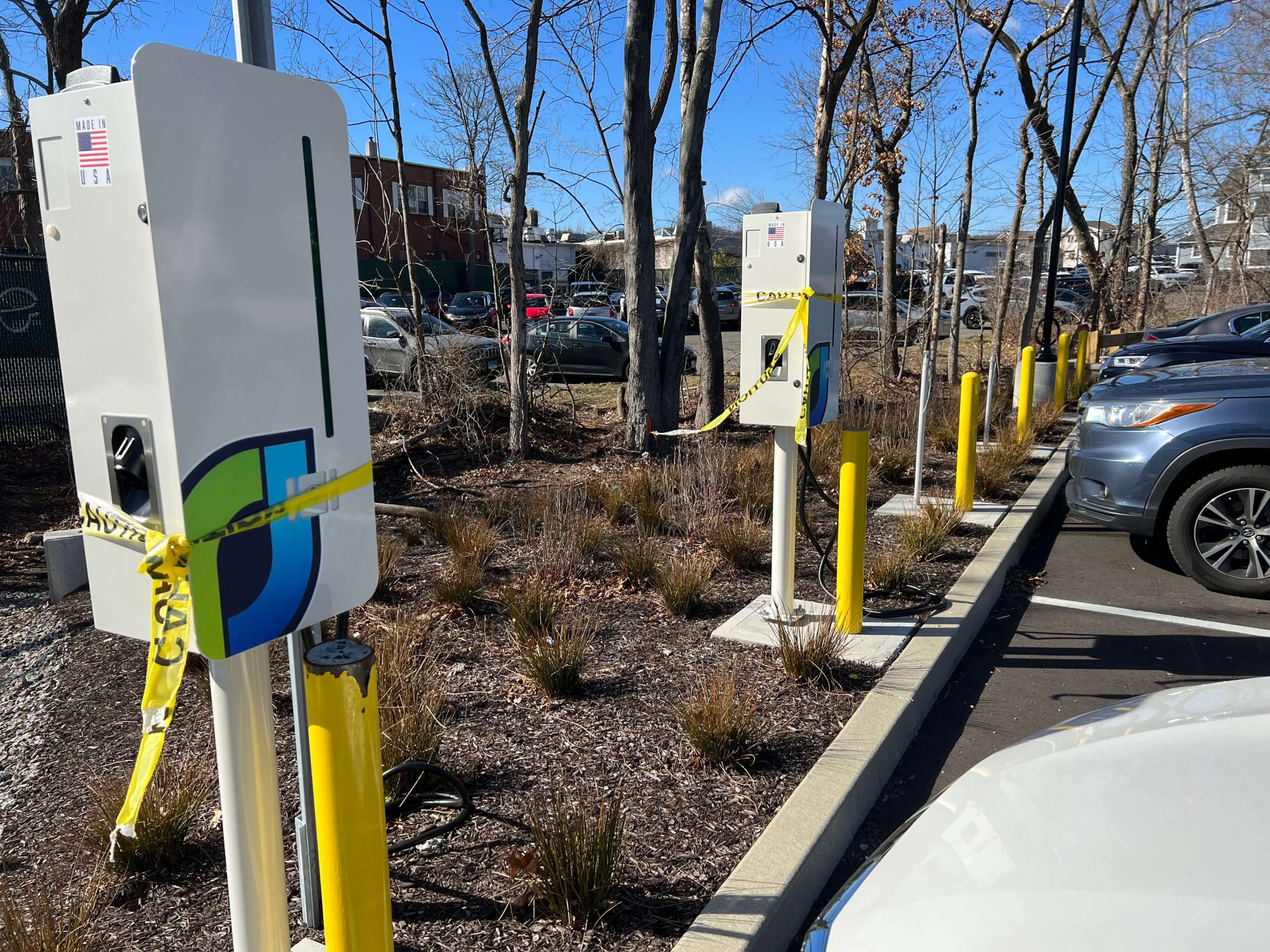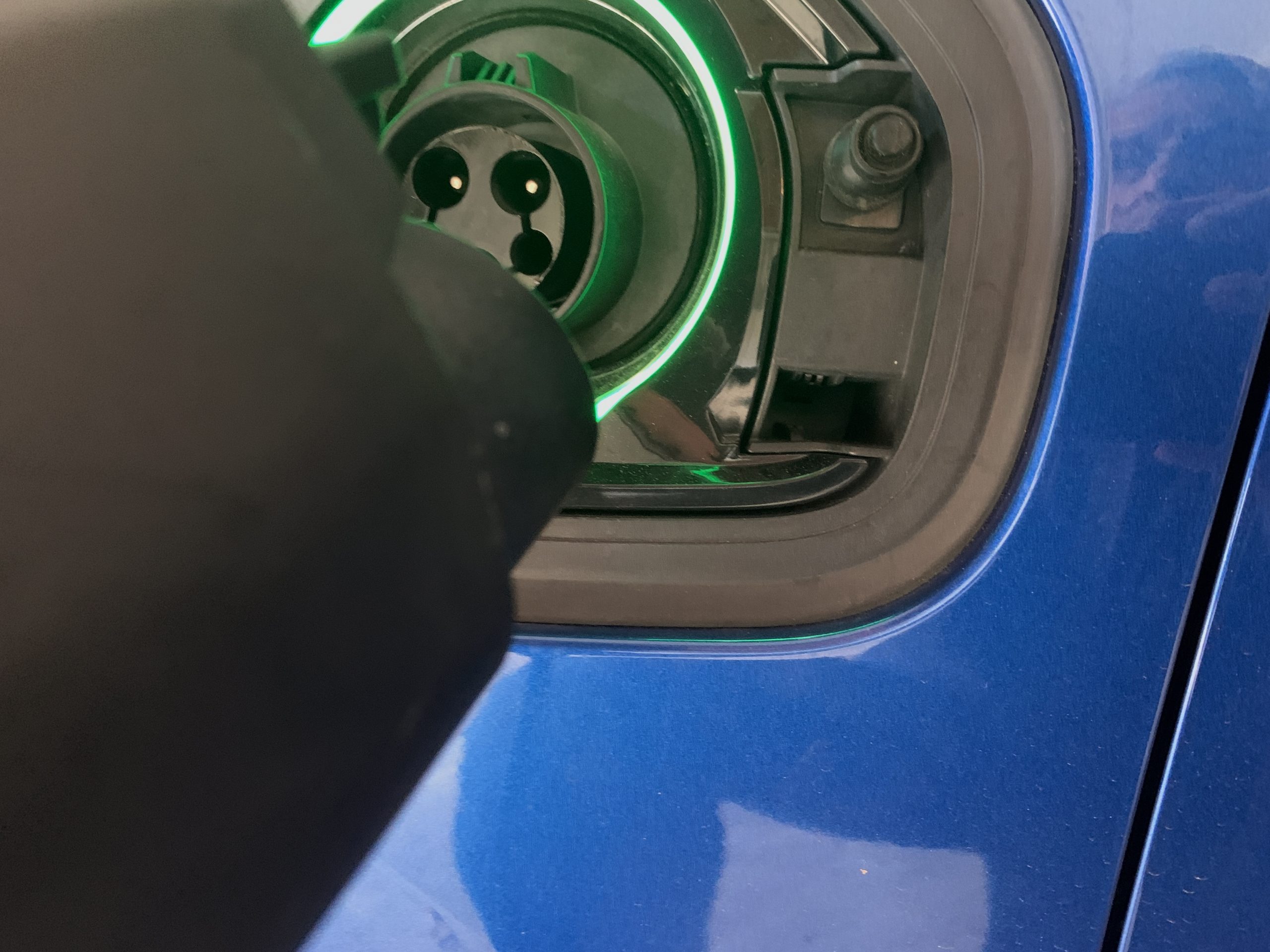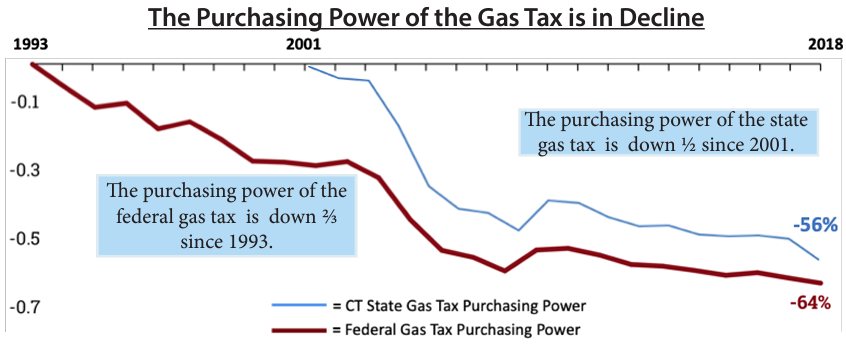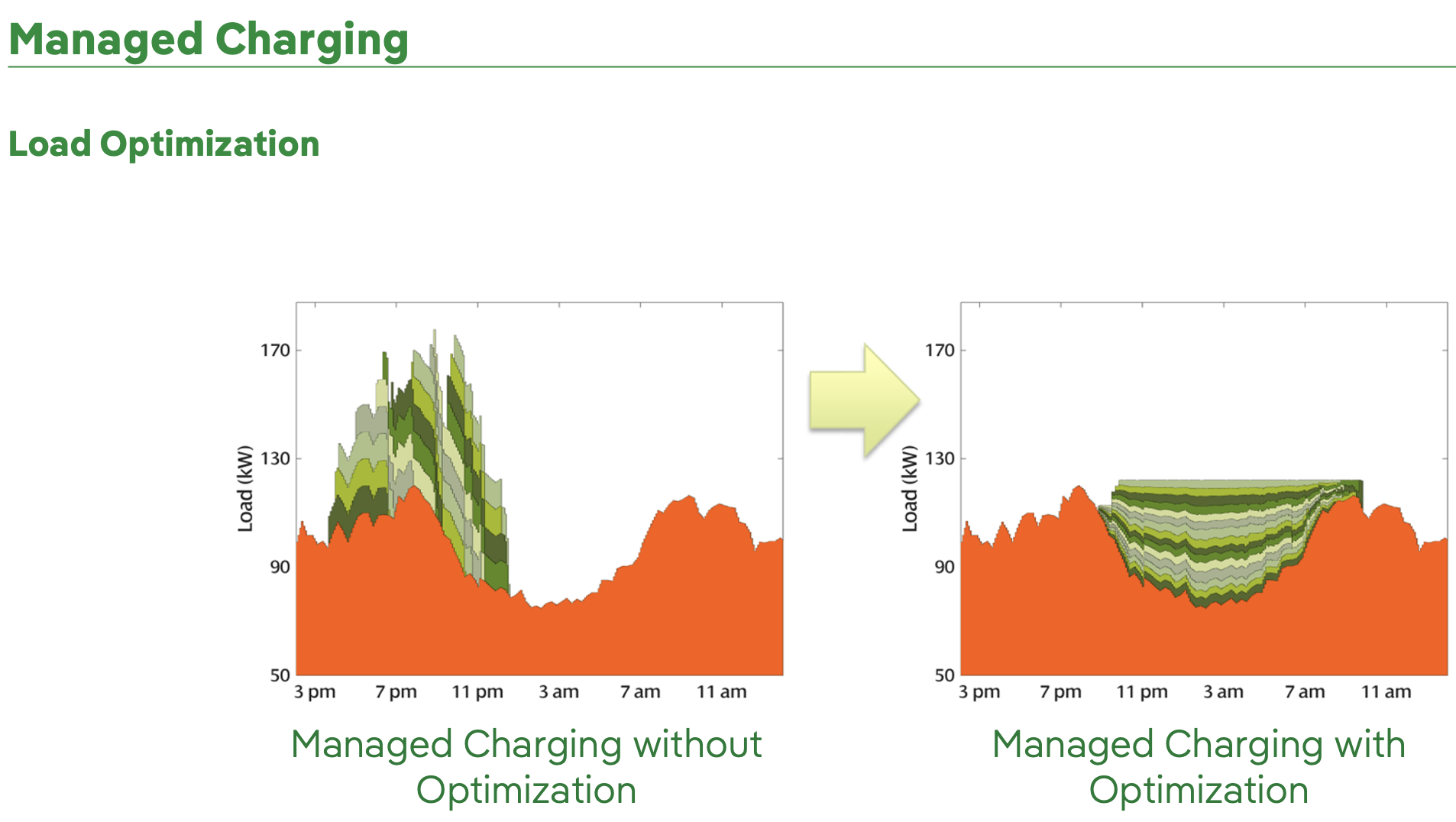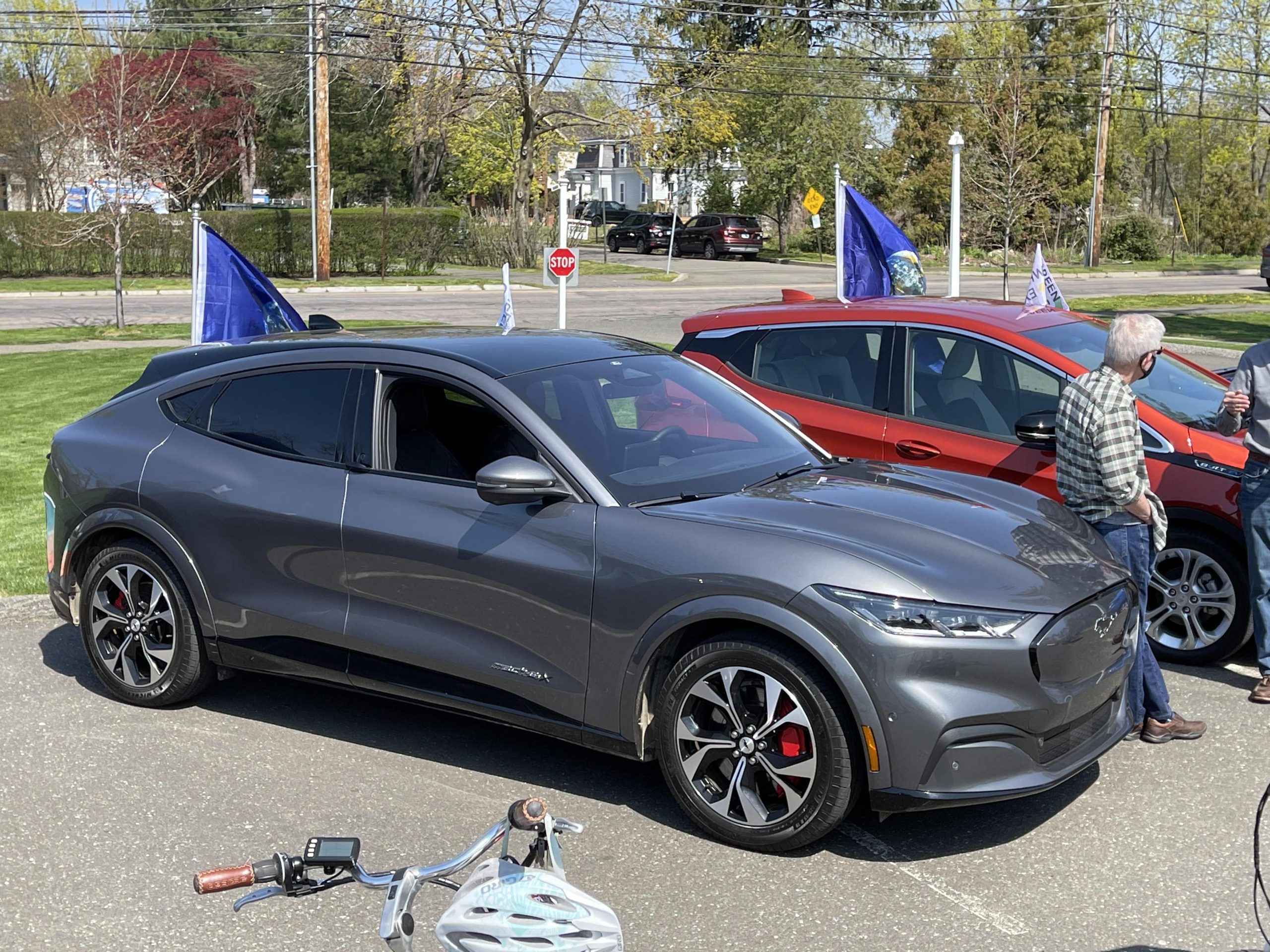Scenes from the NorthEast Electric Vehicle Symposium
EV Test Drives, Showcase, and Symposium on September 15th and 16th We would like to thank everyone who joined us for the NorthEast Electric Vehicle Symposium (NEEVS). Sunday attendance was approximately 250 for the EV … Read more

